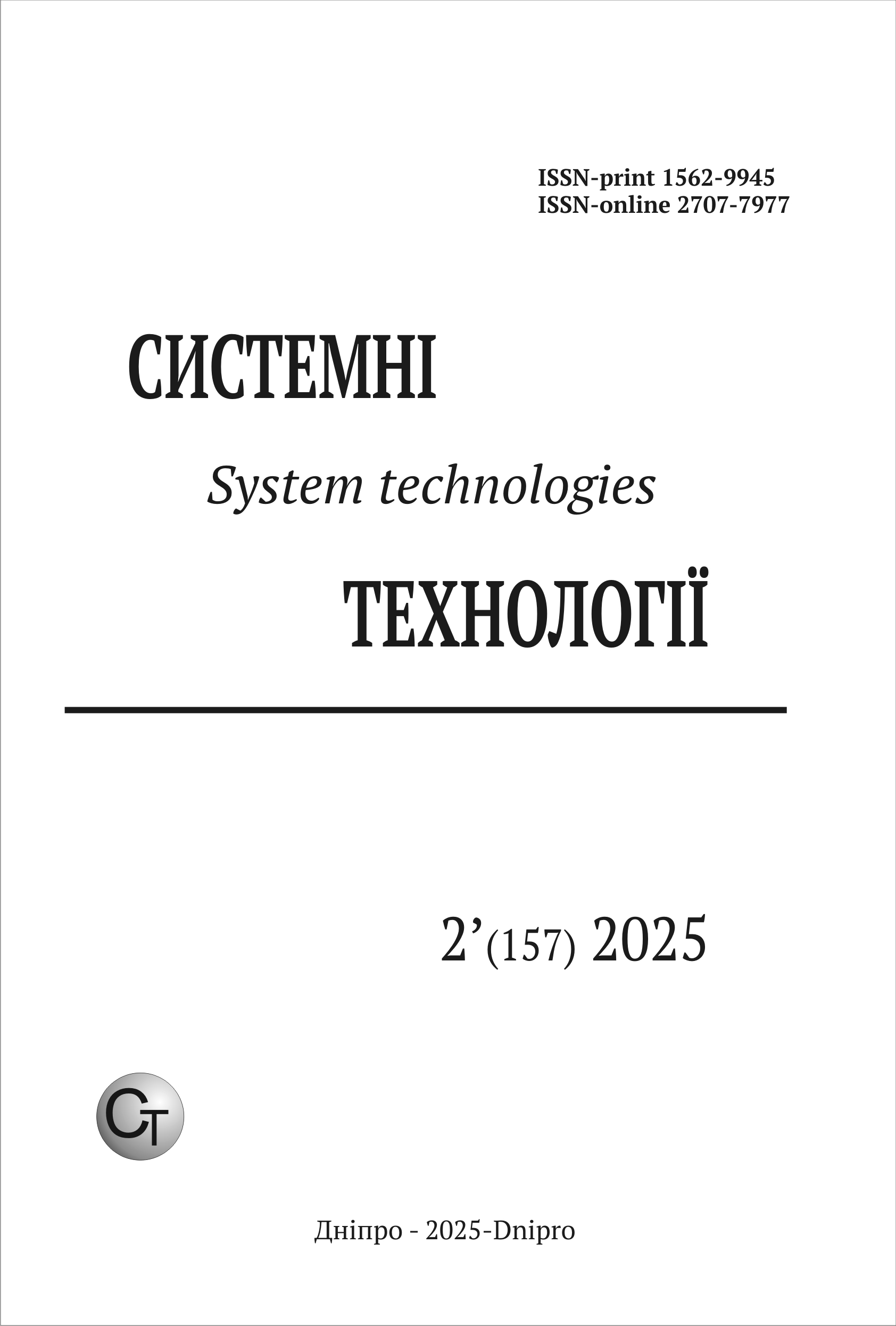Optimal resource allocation task under usage constraints
DOI:
https://doi.org/10.34185/1562-9945-2-157-2025-07Keywords:
discrete optimization, combinatorial optimization, scheduling theory, production process, graph, resource allocation, optimal ordering, anomalies.Abstract
This paper investigates the problem of optimal resource allocation in production proc-esses, focusing on the impact of fixed-task assignments under limited technological and re-source constraints. The study generalizes an optimization problem related to the efficient or-ganization of production workflows by introducing a formal framework for distributing re-sources across a fixed set of tasks while adhering to specific operational restrictions. To ensure feasible scheduling within such constraints, three fundamental conditions are introduced. The consistency condition ensures that task dependencies remain intact and com-ply with predefined technological constraints. The solvability condition guarantees that a vi-able execution sequence exists, even when specific tasks are fixed within the workflow. The workload balance condition prevents uneven distribution of tasks among performers, optimiz-ing the overall efficiency of the production process. These conditions are mathematically for-malized, and their role in enabling an optimal task sequence is analyzed. The research also explores the effects of these constraints on the length of an optimal task sequence. It is shown that the introduction of fixed-task sets and the enforcement of bal-ance conditions can significantly alter scheduling outcomes, sometimes leading to counterin-tuitive results. In particular, a detailed investigation of anomalous cases reveals that reducing task execution time or relaxing technological restrictions does not always lead to better scheduling efficiency. On the contrary, such modifications may increase the overall ordering length due to disruptions in dependency structures and inefficiencies in task redistribution. The findings contribute to a deeper understanding of how task dependencies and opera-tional constraints interact in scheduling problems, offering valuable insights for optimizing production planning under certain restrictions. This study provides both theoretical founda-tions and practical implications for improving workflow efficiency in industrial settings where resource limitations and rigid task structures play a crucial role.
References
Graham R. (1969). Bounds on multiprocessing timing anomalies. SIAM Journal on Applied Mathematics. Vol. 17. 416–429. Mode of access: https://doi.org/10.1137/0117039.
Kolota J., Smykowski J., Stepien S. (2007). Graham's anomalies in case of parallel computation electromagnetic phenomena. Proceedings of the 11th WSEAS International Conference on Computers. 648-652. Mode of access: https://dl.acm.org/doi/10.5555/1353956.1354071.
Kumar V., Jain S., Tiwari S. (2011). Energy Efficient Clustering Algorithms in Wireless Sensor Networks: A Survey. International Journal of Computer Science Issues. 8(5). 259-268. Mode of access: https://doi.org/10.1109/ICCW.2008.50.
Garcia-Teodoro P., Diaz-Verdejo J., Macia-Fernandez G., Vazquez E. (2009). Anomaly-based network intrusion detection: Techniques, systems and challenges. Computers & Secu-rity. 28(1-2). 18-28. Mode of access: https://doi.org/10.1016/j.cose.2008.08.003.
Turchyna V.A., Fedorenko N.K. (2011). Algorithms for constructing all parallel orderings of a given length. Problems of applied mathematics and mathematical modeling. 11. 268-274. Mode of access: https://pm-mm.dp.ua/index.php/pmmm/article/view/59.
Maliienko O.O., Turchyna V.A. (2022). The study of the influence of combined changes in the initial data on the occurrence of anomalies for resource allocation. Problems of applied mathematics and mathematical modeling. 22. 106-112. Mode of access: https://doi.org/10.15421/322211.
Chelpanova O.O., Turchyna V.A. (2021). Generalization of anomalous cases in ordering problems. Problems of applied mathematics and mathematical modeling. 21. 220-226. Mode of access: https://doi.org/10.15421/322122.
Downloads
Published
Issue
Section
License
Copyright (c) 2025 System technologies

This work is licensed under a Creative Commons Attribution 4.0 International License.















